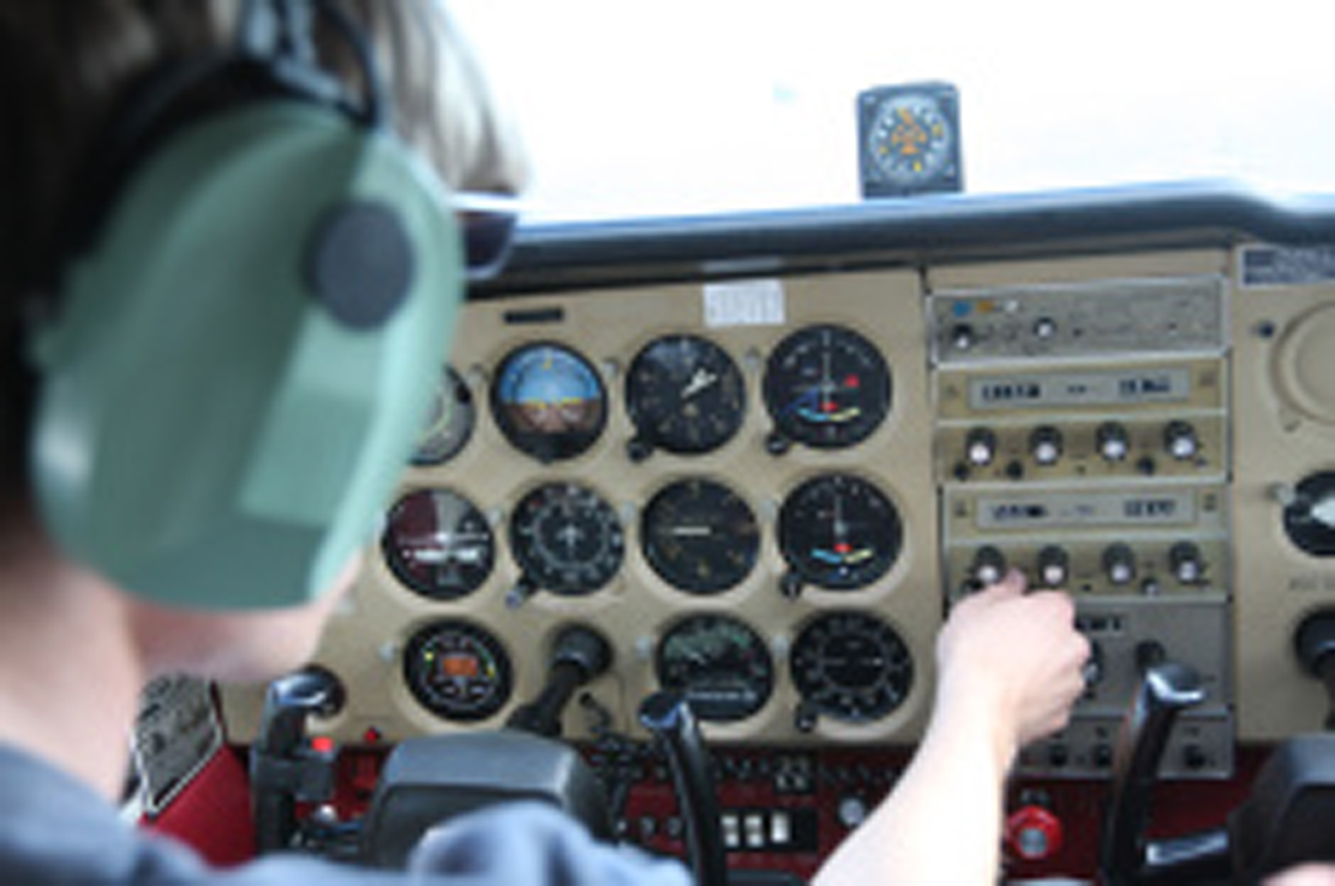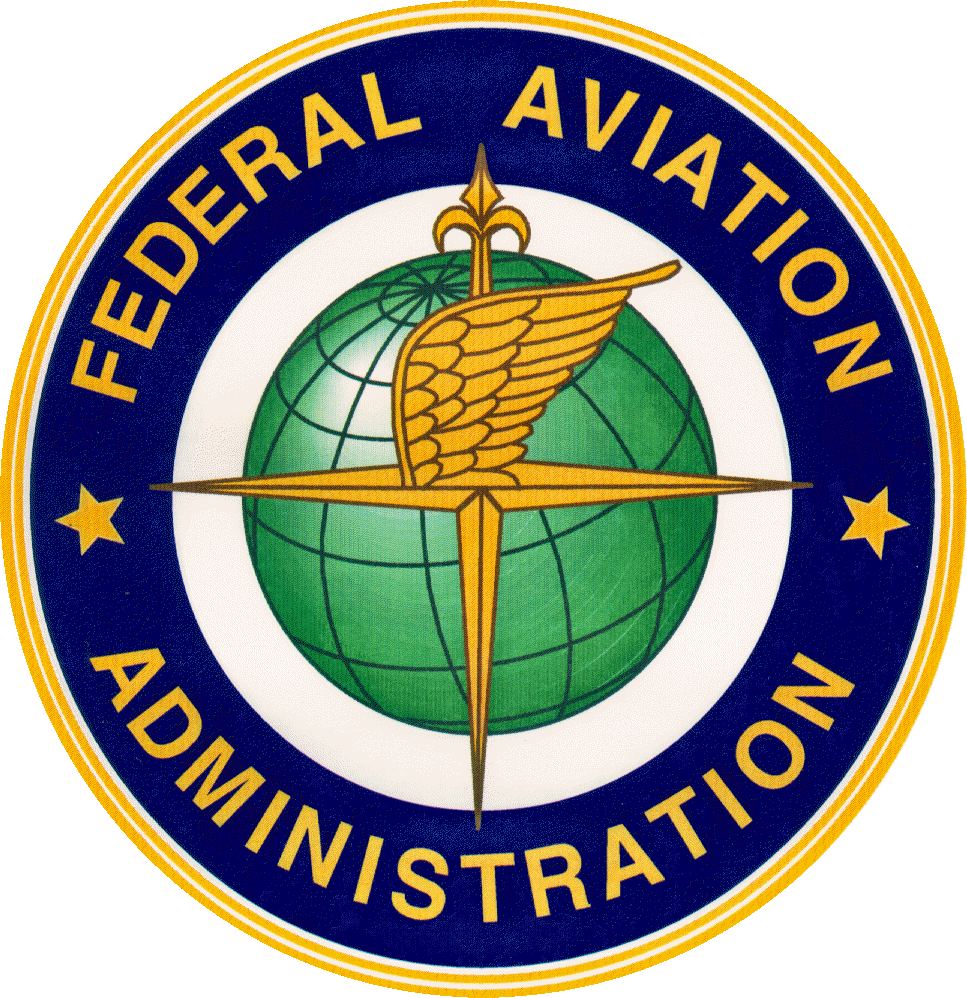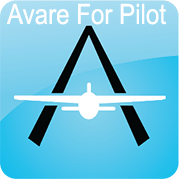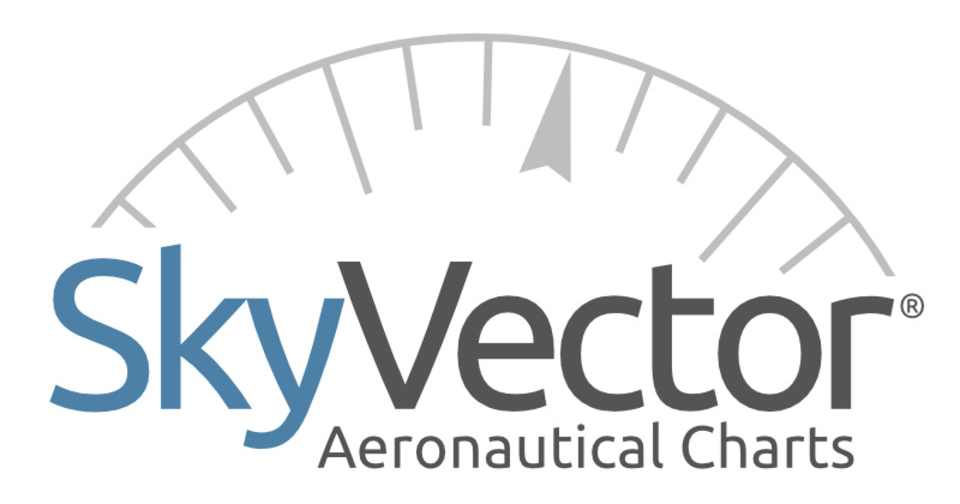Multi Engine Rating
Multi Engine Rating
MEIThis rating allows you to fly multi-engine aircraft. Typically this phase of training is completed after the commercial certificate, but you may also add the rating to a private pilot certificate.
Interested in other courses? Check out our complete list of courses.
A class rating is an allowance to fly a certain group of aircraft that require training common to all aircraft within the group.
A type rating is specified if a particular aircraft requires additional specialized training beyond the scope of initial license and aircraft class training.
What aircraft require a type rating is decided by the local aviation authority.
Almost all single engine piston (SEP) or multi engine piston (MEP) single pilot aircraft can be flown without a type rating, but are covered by a class rating instead.
An exception to this under Joint Aviation Authorities (JAA) regulations is the piston version of the Piper Malibu.
There are seven categories of aircraft, which may be further subdivided into two or more classes:
Multi Course
Piper Seneca PA-34 - Garmin-430
Estimated Cost
$ 5990
- 10/h Dual Flight
- 10/h Ground Instruction
- FAA Check-Ride ($ 850)
- FAA Written Exam ($ 175)
- Pilot Study Kit & Books ($ 100)
Note: Estimated prices are based on the FAA minimum requirements

Airplane category
Single-engine land class
Multi-engine land class
Multi-engine class aircraft are more commonly known as "multis," and their pilots are called "multi pilots" or "multi-engine pilots."
Pilots of larger multi-engine aircraft are sometimes called transport pilots, although mostly in the realm of military aviation (see the article on military transport aircraft). The term transport pilot can be ambiguous in civil aviation, since the Airline Transport Pilot License is a very specific civil qualification.
Single-engine sea class - Pilots of all sea class aircraft are usually called "seaplane pilots" or "float-plane pilots"
Multi-Engine Rating Instruction
The multi-engine rating can be added on to a private or commercial certificate.
The multiengine rating certifies the pilot to operate twin-engine aircraft.
Whether your goal is to fly professionally or recreationally, the multiengine rating is the next step to improving your piloting skills.
Requirements
There are a number of maneuvers which multi-engine candidates must be proficient at, however, the only time requirement associated with the rating is three hours of preparation with an instructor for the FAA practical test.
Multi-engine class
Multi-engine sea class
Rotorcraft category
Helicopter class
Gyroplane class
Powered lift category
Glider category
lighter than air category
Airship class
Balloon class
Powered parachute category
Powered parachute land class
Powered parachute sea class
Weight-shift-control aircraft category
Weight-shift-control aircraft land class
Weight-shift-control aircraft sea class






